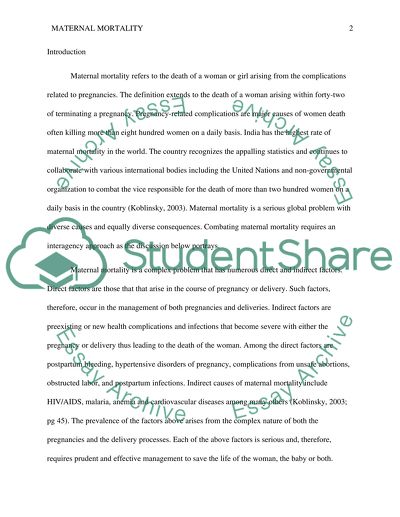Cite this document
(n.d.)
Retrieved de https://studentshare.net/environmental-studies/1701098-maternal-mortality
Retrieved de https://studentshare.net/environmental-studies/1701098-maternal-mortality
()
https://studentshare.net/environmental-studies/1701098-maternal-mortality.
https://studentshare.net/environmental-studies/1701098-maternal-mortality.
n.d. https://studentshare.net/environmental-studies/1701098-maternal-mortality.


